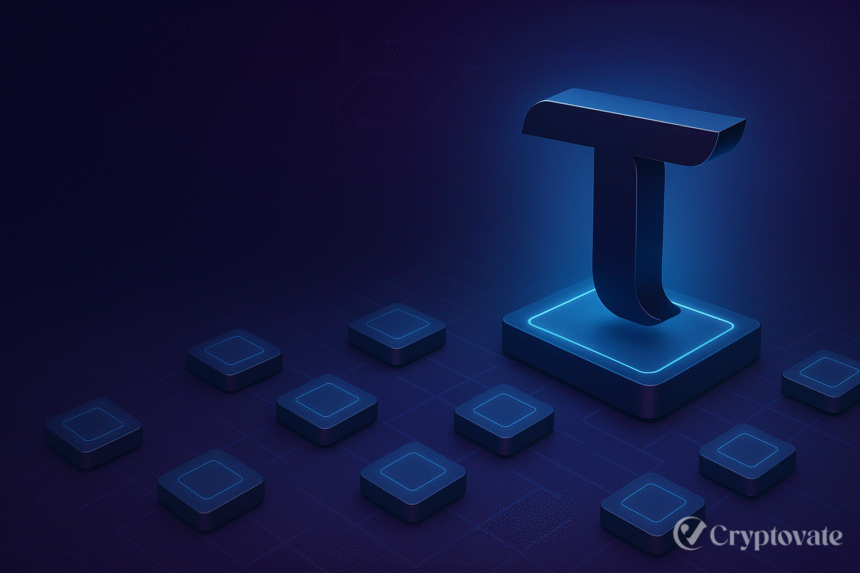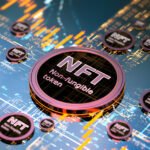– Ad –
| Getting your Trinity Audio player ready... |
Bittensor marked a significant milestone by achieving a record 118 active subnets, cementing its position as a leader in decentralized artificial intelligence (AI). This achievement reflects the network’s rapid expansion and growing appeal to developers, data scientists, and validators worldwide. Unlike traditional AI systems dominated by centralized entities, Bittensor’s decentralized model empowers a global community to collaborate on innovative AI solutions. This article explores the importance of this milestone, its impact on the decentralized AI landscape, and the future potential of Bittensor’s thriving ecosystem.
The Surge of Bittensor’s Subnet Ecosystem
Bittensor’s unique architecture revolves around subnets—independent ecosystems where participants collaborate to build, train, and refine AI models. The leap to 118 active subnets demonstrates the network’s scalability and its ability to support a diverse range of AI projects, from natural language processing to predictive analytics. Each subnet operates as a self-contained hub, enabling developers to experiment and innovate without centralized control.
This growth highlights Bittensor’s appeal to a global community. Developers contribute cutting-edge algorithms, data scientists provide valuable datasets, and validators ensure model accuracy, creating a dynamic and collaborative environment. The increase in subnets also enhances the network’s resilience, as greater decentralization reduces the risk of system-wide failures and fosters stability. This achievement highlights Bittensor’s ability to transform the development and deployment of AI.
Why 118 Subnets Is a Game-Changer
Reaching 118 active subnets is more than a numerical achievement; it signals transformative shifts in the decentralized AI space. First, the growing number of subnets strengthens the network’s robustness. With each subnet operating independently, the system is less vulnerable to disruptions, ensuring consistent performance even as it scales. This resilience is critical for building trust among participants and stakeholders.
Second, the diversity of subnets reflects Bittensor’s ability to support a wide array of AI applications. From healthcare diagnostics to financial modeling, the network’s flexibility attracts innovators across industries. This broadens the ecosystem’s impact, drawing in academic researchers, startups, and enterprises seeking decentralized alternatives to traditional AI platforms.
Finally, the milestone boosts confidence in Bittensor’s native token, $TAO, which incentivizes participation and rewards contributors. The network’s growth signals strong market momentum, positioning Bittensor as a key player in the decentralized AI revolution. By emphasizing openness, inclusivity, and collaborative innovation, Bittensor is shaping a fairer AI ecosystem.
Also Read: Uber’s Blockchain Bet: Stablecoins for Smarter Global Payments
Looking ahead, Bittensor faces challenges like ensuring quality control across subnets and optimizing resource allocation. However, these hurdles also present opportunities to refine governance and foster partnerships with organizations exploring decentralized AI solutions. With 118 subnets and counting, Bittensor is well-positioned to lead the charge in transforming AI development.
FAQs
What are Bittensor subnets?
Subnets are independent ecosystems within Bittensor where participants collaborate to develop and refine AI models, fostering innovation and decentralization.
Why does 118 subnets matter?
The milestone reflects Bittensor’s rapid growth, enhanced resilience, and ability to support diverse AI projects, strengthening its decentralized ecosystem.
How does Bittensor support decentralized AI?
Bittensor enables global collaboration, offering a scalable, transparent alternative to centralized AI platforms through its subnet architecture.
What role does $TAO play in Bittensor?
$TAO is the native token used to reward contributors, incentivize participation, and facilitate transactions within the Bittensor network.

















